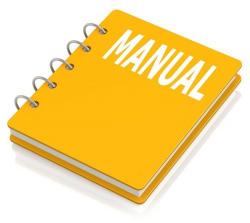Chrysler 200 2011-2014 Workshop Repair & Service Manual
Catalog:
Model:
Complete digital official shop manual contains service, maintenance, and troubleshooting information for the Chrysler 200 2011-2014. Diagnostic and repair procedures are covered in great detail to repair, maintain, rebuild, refurbish or restore your vehicle like a professional mechanic in local service/repair workshop. This cost-effective quality manual is 100% complete and intact as should be without any missing pages. It is the same factory shop manual used by dealers that guaranteed to be fully functional to save your precious time.
This manual for 200, 200 Limited, 200 LX, 200 S, 200 Touring is divided into different sections. Each section covers a specific component or system and, in addition to the standard service procedures, includes disassembling, inspecting, and assembling instructions. A table of contents is placed at the beginning of each section. Pages are easily found by category, and each page is expandable for great detail. It is in the cross-platform PDF document format so that it works like a charm on all kinds of devices. You do not need to be skilled with a computer to use the manual.
EXCERPT:
2014 ENGINE Cooling System - 200 & Avenger
LEAK TESTING
ULTRAVIOLET LIGHT METHOD
1 - TYPICAL BLACK LIGHT TOOL
A leak detection additive is available through the parts department that can be added to cooling system. The additive is highly visible under ultraviolet light (black light). Pour one ounce of additive into cooling system.
Place heater control unit in HEAT position. Start and operate engine until radiator upper hose is warm to touch.
Aim the commercially available black light tool at components to be checked. If leaks are present, black light will cause additive to glow a bright green color.
The black light (1) can be used in conjunction with a pressure tester to determine if any external leaks exist.
PRESSURE TESTER METHOD
The engine should be at normal operating temperature. Recheck the system cold if cause of coolant loss is not located during the warm engine examination.
1 - TYPICAL BLACK LIGHT TOOL
WARNING: Hot, pressurized coolant can cause injury by scalding.
...





